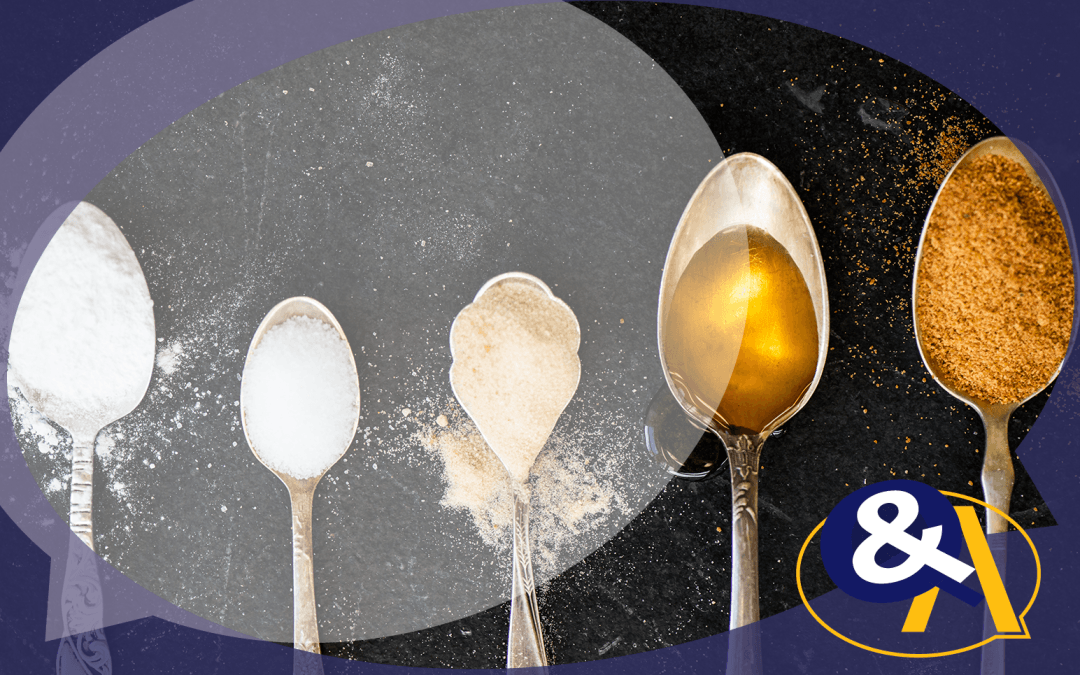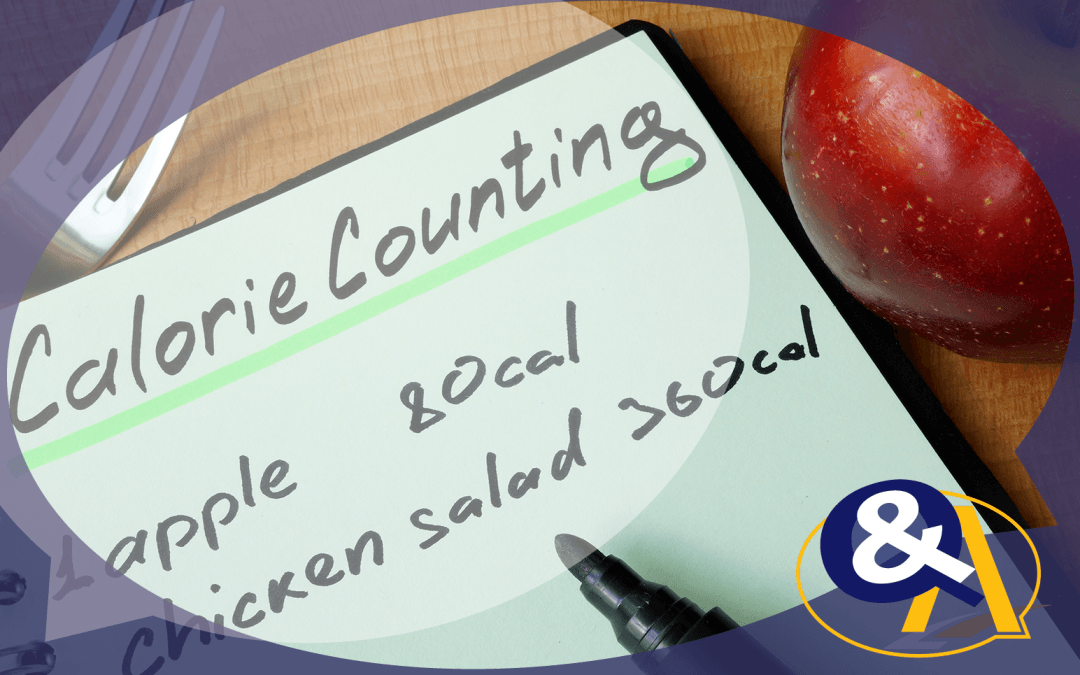We believe healthy bodies are the best bodies, but if you’re aiming for that V-shape, we’re spilling the secrets to how it’s done.

How Much Sugar Should You Have in a Day? | Q+A
How much sugar do you consume in a day?
Find out nutrition tips below about sugar intake and where to get the best sugars from.
Question:
What is the high and low for a healthy daily sugar consumption?
-Michael B.
Answer:
“Sugar” includes small carbohydrate compounds, both natural and added. Let’s start with natural…
Natural sugars such as fructose and lactose comprise 50-100% of the calories from fruit and non-fat milk and 25% calories from some vegetables, so they make up a small base portion of the diet. There are minimal sugars in protein sources (egg, meat, fish, poultry) and most unprocessed starches (e.g. rice, oats), while none in pure fats. Natural sugars are not restricted – there are healthy fruitarians – although I will say that traditional strained juices are not recommended, and only endurance/pro athletes can probably balance out their diet while still eating 5+ servings of fruit.

Added sugars, either for flavor or structure, are what we are concerned with. Corn syrup, table sugar, beet or cane sugar, honey, molasses, agave syrup and concentrated fruit juice are from natural sources, but used as sweeteners in food products and recipes. There are many diets that may reflect the newest 2015 US Dietary Guidelines for sugar consumption, including vegetarian, Mediterranean, higher-protein/modest carbohydrate, and medically prescribed patterns. Each one can affect an energy balanced diet with no more than 10% of daily calories coming from added sugars. This would be the high that you refer to in your question.
The limit is not a free license to eat ‘clean’ for a week then splurge on a dessert buffet, sending your body into a blood sugar spike. We’re talking about daily balance. A teaspoon of jam on toast, a drizzle of caramel in coffee, a splash of honey mustard dressing on a salad, and a tablespoon of sweet Thai chili sauce on salmon could hit the 10% mark for added sugar in a smaller diet. The idea is to consume your needed amounts of healthy protein, carbohydrate and fats, then only add sugars to meet your remaining calorie goals if not already met.
On the low end, you can survive without any sugar whatsoever if you eat enough other carbohydrates, but you’d be missing all the benefits from fruits, milk products and several vegetables which would NOT be healthy. No added sugar is certainly possible, though! It just means avoiding most condiments (think ketchup, teriyaki, marinara, BBQ sauce, dressings), sport or soft drinks, and processed foods, while eating wholesome mostly home-prepared foods. The result would not necessarily be bland. For example, oatmeal could be sweetened with dried fruit and cinnamon, meats can be marinated in vinegar or dry-rubbed, plain yogurt can be jazzed up with berries and nuts, and pasta can be dressed with diced tomatoes, garlic and olive oil.
Let us know the successes you’ve had in reducing added sugars by commenting below!
– Debbie J., MS, RD
This article should not replace any exercise program or restrictions, any dietary supplements or restrictions, or any other medical recommendations from your primary care physician. Before starting any exercise program or diet, make sure it is approved by your doctor.
Want more? SUBSCRIBE to receive the latest Living Healthy articles right in your inbox!
Suggested Articles

Should You Go High-Protein on Days You Don’t Exercise? | QA
Registered Dietitian, Debbie James, helps answer a reader’s question about how to divvy up her protein intake for lean weight gain.

What is the Best Beginner’s Diet? | QA
Registered Dietitian, Debbie James, shares her thoughts on how a new dieter can effectively approach diet for weight loss.














